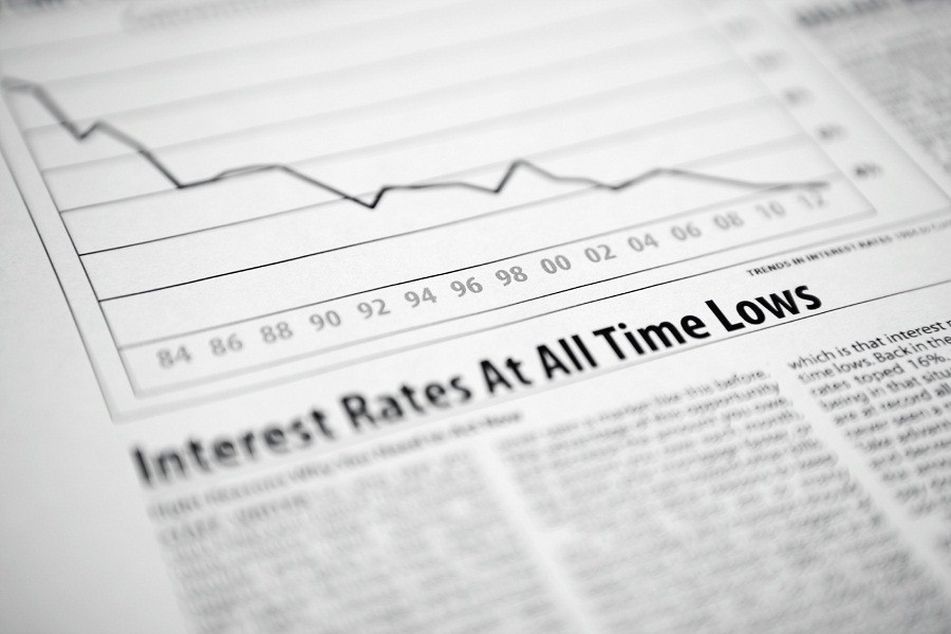Will European easing sideline a Fed rate hike?

Advisers and experts say 'the Fed really is hamstrung' by European Central Bankers' planned $50-billion-per-month quantitative easing program, meaning they can't raise or lower interest rates in this environment.
As European Central Bankers lay out plans for a $50-billion-per-month quantitative easing program to try and boost economic growth, some financial advisers view the move as the latest reason to believe the U.S. Federal Reserve will not raise interest rates this year, as has been indicated.
“The Fed really is hamstrung, because they can’t reduce rates and they can’t raise rates, either,” said David Haraway, principal at Substantial Financial, an advisory firm in Colorado Springs, Colo.
It’s not that he believes the Fed doesn’t want to, or need to, start raising interest rates, Mr. Haraway just thinks the Fed has painted itself into a corner that continues to shrink.
“The Fed would like to normalize rates, but if they move short-term rates to 1% or 2%, that drives the dollar up even higher, and they’re terrified of an inverted yield curve [where short-term rates are higher than long-term rates], because that introduces recession risk,” he added.
Even though the Fed has been indicating for years that 2015 would likely mark the first interest rate hike in more than six years, Mr. Haraway said the handwriting is on the wall that plans will change.
“With the dollar reaching cyclical highs and central bank activity elsewhere designed to weaken local currencies like the yen and the euro, there is little chance that the Fed will raise interest rates and make the dollar still stronger,” he said. “If you look at earnings reports so far this quarter (about 10% of S&P 500 companies have reported) you can already see a stronger dollar’s impact on profits. There’s very little chance of a Fed interest rate hike.”
Instead of raising rates, Hank Mulvihill, principal at Mulvihill Asset Management, believes the Fed will use the few tools it has left to try and engineer a form of quantitative easing, even though the official end of the nearly $5 trillion QE program was last October.
“If the Fed really wants to make the money move, they’ll stop giving free money to banks in the form of 0.25% interest on reserve capital,” he said. “That rate was not there before the financial crisis, and the Fed can lower that.”
While those believing the Fed will raise rates often cite the improving health of the U.S. economy, Mr. Mulvihill is among those who are focused on the fragility of the U.S. economy, as well as the contrasting picture between the U.S. and the rest of the world.
He cites the yield on the 10-year Treasury, at 1.79%, as one glaring example of the downside of a higher Fed rate.
Comparable government bonds in Germany are paying 0.45%, in Japan the yield is 0.23%, France is at 0.64%, and both Great Britain and Canada are yielding 1.49%.
“If the cost of capital is higher if the Fed raises rates, how can they raise rates in a global deflationary environment?” Mr. Mulvihill said. “There is massive deflation pressure worldwide and competitive pressures from other currencies and countries. How is the Fed going to raise rates in the face of negative real rates in Europe?”
With that in mind, he is allocating his clients’ portfolios toward equities and away from bonds.
“The S&P 500 dividend yield is 40 basis points higher than the 10-year Treasury, and that’s meaningful, and that’s why you buy the devil out of stocks,” he said. “Capital wakes up every day and says ‘Who’s going to treat me well.’ When you’ve got spreads like today with stocks yielding more than bonds, 2013 stock markets happen [when the S&P gained more than 32%], and I think we’re on the verge of another one of those.”
Of course, not everyone is buying into the scenario that the Fed will leave interest rates at the current historic low levels this year.
“My sense is that there will be at least four rate hikes of 25 basis points each, and I would prefer that happens sooner in the spring rather than the fall,” said Satoru Asato, president of the financial advisory firm McNellis & Asato.
“I think the U.S. economy has the risk of accelerating, rather than slowing down, and I think the economic growth could surprise people,” he added. “And the Fed really needs to be able to reload some ammunition [in terms of interest rates that it could eventually cut].”
One case for economic strength, Mr. Asato said, is drawn from the recently lower gasoline prices that are estimated to provide U.S. families with an annual pocketbook boost of $735 each.
“Psychologically, the Fed has to raise rates just to say that the economy is out of the woods,” he added.
In anticipation of those higher rates, Mr. Asato has been building up cash positions for his retired clients.
An allocation of 50% stocks and 50% bonds has been altered on the bond side from 45% intermediate-term bonds and 5% cash, to 35% intermediate-term bonds, 5% cash, and 10% liquid cash alternatives like short-term bonds and floating-rate bank loans.
Theodore Feight, owner of Creative Financial Design, is another adviser who believes the Fed will stick to its promise to raise rates this year, and he doesn’t see a major investment impact because he believes it is already priced into the markets.
“Ever since the rates were lowered, back when Ben Bernanke was still Fed Chair, they’ve been saying 2015 is when rates will rise, and they’ve never changed that,” Mr. Feight said. “I think they’ll raise rates between June and September, and I’ve told my clients that it won’t hurt anything because I think most of the stock market gains for the year will be before that point.”
Learn more about reprints and licensing for this article.








